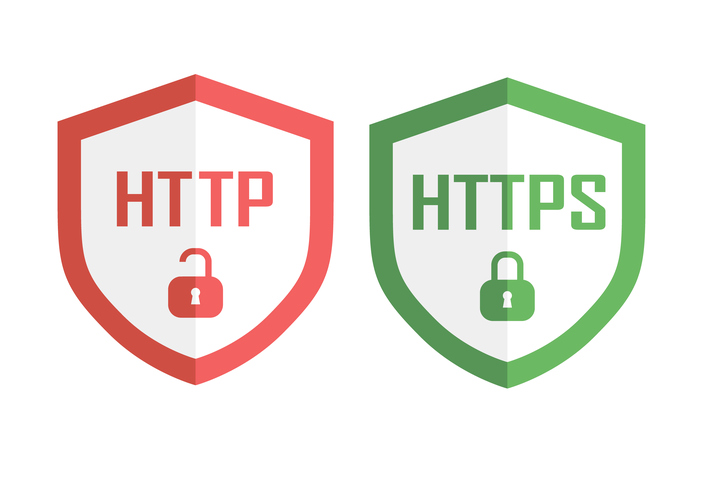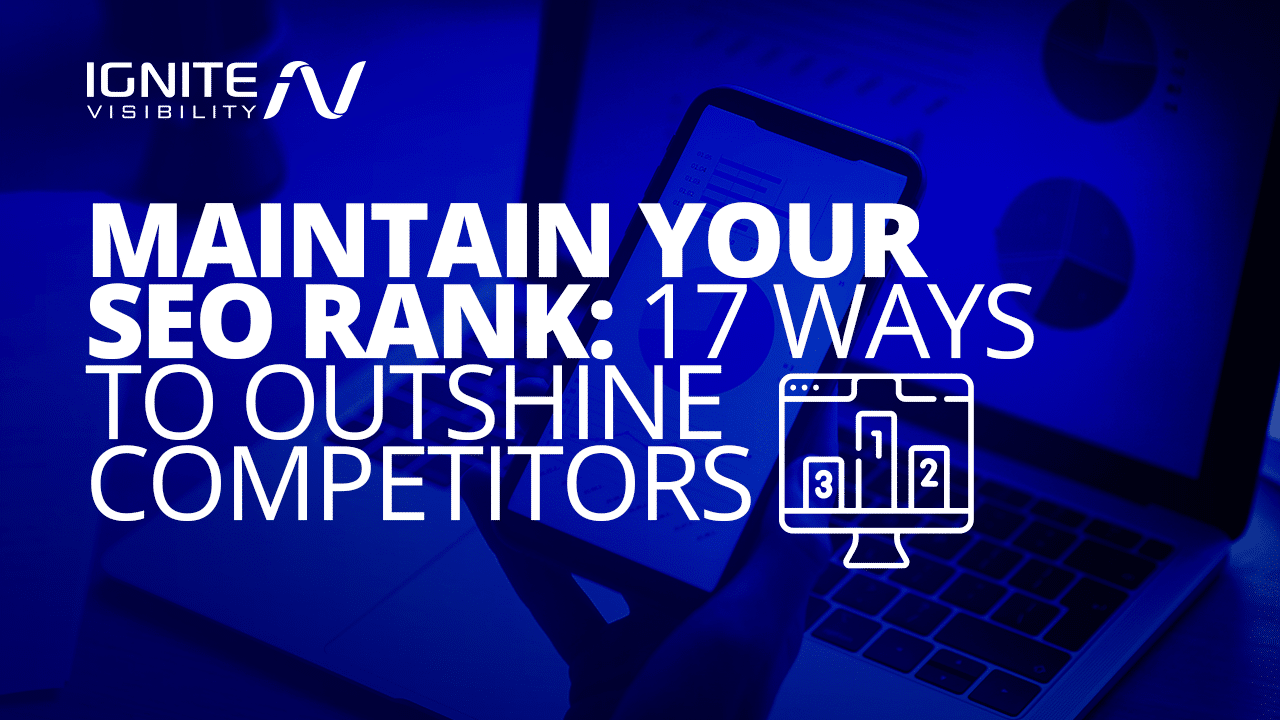
17 Strategies to Maintain Your SEO Rank:
- Optimize Title Tag and Meta Descriptions
- Establish Authority and Expertise
- Optimize for Featured Snippets
- Switch to HTTPS
- Include Internal Links
- Continue to Collect Backlinks
- Use Rank-Tracking Tools
- Use Google Analytics Intelligence Reports
- Watch Site Speed
- Increase Social Shares
- Make Your Site Mobile-Responsive
- Encourage User-Generated Content (UGC)
- Prepare For Voice Search
- Lower Bounce Rates
- Secure Site Links Within Google Search
- Strategically Target Keywords
- Optimize Visuals
1. Optimize Your Title and Meta Description
Achieving the #1 ranking on Google is no small feat, but maintaining that top spot in the face of fierce competition is an ongoing challenge. Your competitors are lurking, waiting for their chance to dethrone you. To stay ahead of the game, your clickable links need to remain fresh and engaging.
Your first line of defense against ranking fluctuations is to use Google Search Console to keep an eye on your click-through rate (CTR).
Identify the root cause of your CTR dip. Is your title still as catchy as it once was, or has it become outdated? For instance, are you still rocking a title like “Best Tools for 2017”? Title tags are often underestimated in the SEO game, but they play a crucial role. Regularly reviewing and updating them is a smart strategy for maintaining your SEO dominance.
While including your target keyword is important, it should seamlessly blend into your title without making it seem forced. Elevate your title tags by incorporating elements like:
- Dates: Keep your content relevant by adding the latest dates.
- Numbers: Numbers grab attention and provide clarity.
- Capitals: Strategic capitalization can make your titles more appealing.
- Emotion: Infuse emotion to connect with your audience on a deeper level.
To discover which titles work best for your site, consider experimenting with AdWords. Certain words have a proven track record of enticing clicks, such as “Free,” “Best,” “Tricks,” “Tips,” “How to,” and “Why.” These powerful words can elevate your CTR.
And don’t underestimate the power of the meta description—it’s your second chance to entice users to click. Craft a concise, action-packed paragraph infused with relevant keywords and phrases. However, keep it succinct; overly lengthy descriptions won’t even be visible in search results. Tools like Yoast can help you strike the right balance between length and effectiveness.
2. Establish Expertise and Authority to Maintain SEO Rankings
Maintaining a top-ranking spot demands more than just keywords—it requires authority and expertise. Here’s how to strengthen your site’s E.E.A.T. (Expertise, Experience, Authority, Trustworthiness) to stay on top:
Demonstrate Expertise:
- Content Expansion: Produce content beyond your keyword. Dive into its history, inventors, and future prospects.
- Content Volume: Build authority by creating a wealth of related content. Aim for extensive coverage.
Establish Authority:
- Dwell Time: Analyze page analytics to gauge how long visitors stay. A healthy dwell time indicates content relevance and usefulness.
- Domain Authority: Check your score. It reflects how Google views your site’s authority based on external links.
3. Become the Default Link with Featured Snippets
Take a look at any page of search results these days, and you’ll see Google offers sponsored links, sidebars with recommended websites, image results… and Featured Snippets.
Featured Snippets are short chunks of information, pulled from websites that Google thinks are relevant to the search query.
They’re displayed above all the other search results, with a live link to the source website. So for example, if you create a page about the history of bookshops, Google might quote a paragraph from the page in its search results.
So how can you get a Featured Snippet on the front page?
There are four types of snippets: paragraphs, lists, and tables, and videos.
- Paragraph Snippets: Concise explanations or answers that directly address a query.
- List Snippets: Bulleted or numbered lists for step-by-step guidance.
- Table Snippets: Organized data or statistics presented in tabular form.
- Video Snippets: Engaging video content that provides visual answers or demonstrations, making it suitable for “how-to” and tutorial queries.
Don’t forget to mark up headers and subheaders so that the search index can understand the layout of your page.
Try to create content that is designed for Featured Snippets. Think about what your audience wants to know. You could even write content in a Q&A format so that when someone types a question into the search bar, they get your answer right away.
4. Switch your Website to HTTPS
Back in the day, web developers used to have a choice. They could create web URLs that started with “HTTP” or with “HTTPS.” The “s” stands for security, and it used to be optional.
But, as of July 2018, Google labels all HTTP web addresses as “Not Secure”. This makes people less confident about using your site – and in some browsers, it even means that your site is blocked.
If you haven’t already, switch all your web pages to https. Be aware that it’s not necessarily a top-down change. You could have an HTTP homepage, with some other outdated pages still using HTTP.
5. Keep up the Internal Linking to Maintain SEO Rankings
Once you have a post ranking high for a specific keyword, one of the easiest ways to make sure it stays there is with some judicious internal linking.
In other words: Link to your great content yourself.
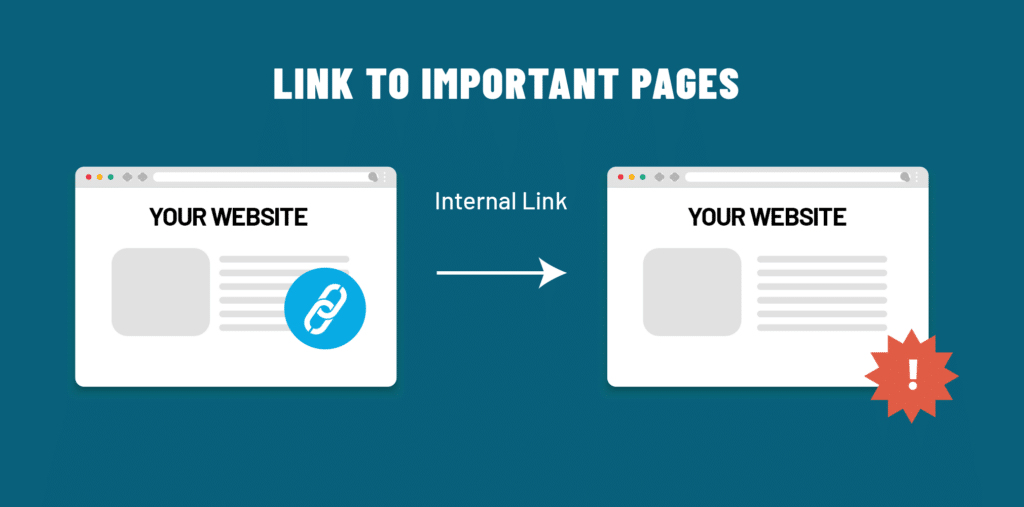
Internal Linking for SEO
Internal linking is one of the best ways to build link juice for a particular keyword. However, be sure that you don’t go overboard in the effort. If Google sees an overabundance of links on one page, that could look unnatural.
The best way to seem natural is to be natural. Every time you’re producing new content and stumble across an opportunity to link back to the post that’s relevant to the content at hand, do so. Use connections that make sense, where the links will be genuinely useful to your readers.
And one more thing – mix up the anchor text so that you’re not always using the same word or phrase to link back to the post.
6. Keep up the Backlinking Efforts, Too
You probably arrived at the top of the SERPs because you made an effort to build backlinks. You shouldn’t stop just because you met your goal.
Regularly inspect both internal and external links to eliminate frustrating broken links. Go the extra mile by finding opportunities for backlinks without resorting to spammy tactics.

Continue to collect backlinks to maintain your SEO rankings
Connect with industry peers for guest post exchanges or feature case studies with your top clients, encouraging reciprocal link-sharing. By nurturing your link ecosystem, you secure your spot at the top.
7. To Maintain SEO Rankings, Watch your Rank Tracking Tools
To safeguard your SEO rankings, monitor keyword themes and top terms meticulously with tools like SEMRush. Regular checks are vital; weekly or bi-weekly is ideal.
If you notice dips in visibility or top terms, employ classic SEO strategies for a comeback. Start with fresh content or breathe new life into old posts by reviewing, rewriting, and updating with current data. The key to staying on top is vigilance and adaptability.
8. Use Custom Google Analytics Intelligence Events to Track Traffic
You almost certainly know about Google Analytics; otherwise, it’s not likely that you would have achieved a high rank in the SERPs.
Google Analytics 4 (GA4) is the evolution of analytics, now gathering event-based data from websites and apps for a holistic view of the customer journey.
As of July 1, 2023, it’s all about events, not sessions, offering sharper insights. Plus, it’s got your privacy in mind with cookieless measurement and nifty predictive features.

Monitor your Google Analytics Intelligence reports to maintain SEO rankings
9. Pay Attention to Your Site Speed
Site speed isn’t just about rankings; it’s the lifeline of user experience. In fact, a staggering 40% of visitors abandon slow-loading pages in under 3 seconds, with 80% never returning.
While your current ranking may hinge on lightning-fast performance, additional plugins and content can slow you down.
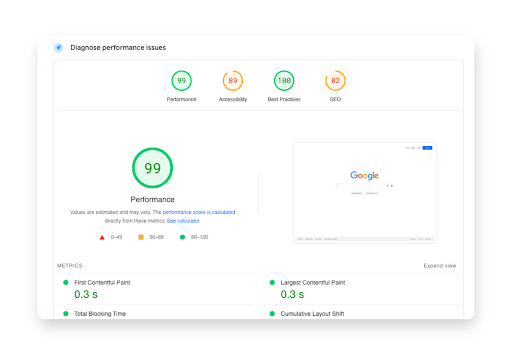
PageSpeed Insights
In May 2020, Google introduced Core Web Vitals as part of its developer and webmaster tools, kickstarting with the Chrome User Experience Report. This report collects real-time user data, empowering developers with insights via PageSpeed Insights and Google Search Console.
10. Increase Social Shares to Maintain SEO Rankings
When it comes to boosting your blog’s visibility and credibility, social shares play a pivotal role. Here are some tried-and-true techniques to elevate your social blog traffic and make your content go viral.
- Encourage Sharing: While social shares may not directly impact rankings, they create buzz and establish your site as an authority.
- Seamless Sharing: Make sharing effortless. Place social share icons prominently at the top and bottom of articles or use a floating sidebar.
- Functional Icons: Ensure your share icons function flawlessly, correctly displaying titles and links without errors.
- Ask for Shares: Don’t hesitate to ask your audience to share your content; a simple request can yield results.
- Invest in Social Ads: Consider investing in social ads to expand your reach. Choose the right platform based on your audience, like LinkedIn for B2B or Facebook, Instagram, or Pinterest for B2C.
11. Design a Responsive, Mobile-Friendly Site
In a world where everyone is attached to their phones, mobile-first indexing should be at the top of your priority list. Over 60% of all internet users access the web from their mobiles. So, if you’re pushing out your content via social media, that percentage will be even higher for your site. And let’s not forget the number of people who use tablets and other portable devices.
If your pages aren’t responsive and ready to deal with a range of mobile devices, then they will fall down the rankings.
Check that your design is clear and easy to access for mobile users, with no broken links or unusable desktop features. Try and use a scrollable, vertical layout, with clear calls-to-action and tappable buttons.

Mobile-Friendly
12. Encourage User-Generated Content
One of the best ways to make your site “sticky” is to encourage user-generated content (UGC). This is, as the name implies, content created by visitors on your site. It often appears in the form of reviews or comments.
It’s often the case that people in a discussion about your content will come back just to continue the discussion by responding to a point that somebody else raised.
Also, people are always looking for reviews of products or services before they buy them. If you’re allowing people to offer reviews, you’re making it easy for your visitors to make an informed decision.
With UGC, you’ll give people more reasons to visit your site. As a result, you’ll have more visitors and establish your site as an authority in its niche. You will also have fresh content that will improve your rankings.
13. Prepare Your Website for Voice Search
Voice search – via mobile devices, smart speakers, and other electronics– fill thousands of homes around the world. And because it’s a different kind of search, it requires a different kind of SEO.
Start optimizing your website for long-tail keywords and phrases. Instead of focusing on a couple of keywords, as you might be used to doing, think about how people ask questions when they speak.
Optimize for long, conversational phrases like “Where to find a realtor near me,” or “What’s the best way to cook a roast” (or whatever’s relevant to your business).
14. Lower Your Bounce Rate
To captivate your audience and keep them on your site longer, incorporate engaging multimedia elements like videos, images, charts, and audio.
These additions provide a richer, more interactive user experience, enticing visitors to explore further and boosting your dwell time.
Remember, the longer they stay, the lower your bounce rate, meaning the more valuable your content appears to search engines, helping you maintain that coveted SEO ranking.
15. Secure Site Links Within Google Search
Enhancing your site’s visibility isn’t limited to rankings alone. Secure site links within Google Search can provide an added advantage.
To boost user experience and showcase your content’s depth, consider adding a table of contents with jump links. These handy navigational aids make it easier for users to explore your content, improving their engagement and reducing bounce rates.
Plus, Google often rewards user-friendly sites with richer search results, further solidifying your SEO rankings. So, invest in this simple yet effective strategy to ensure your content shines in the search spotlight.
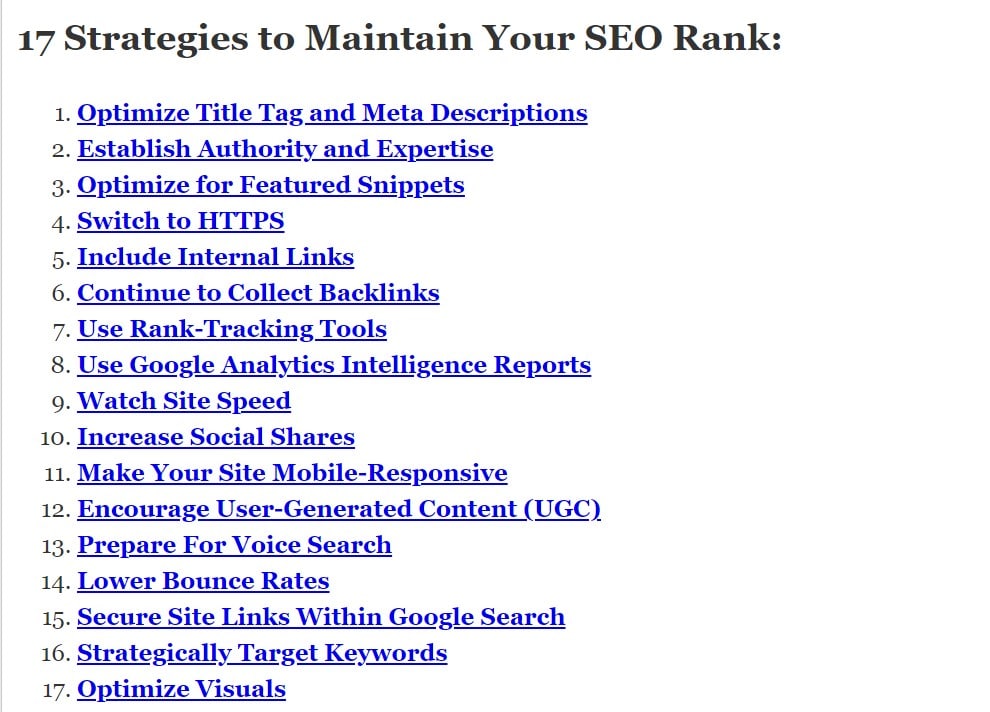
Example of Jump Links Used in Table of Contents
16. Strategically Target Keywords
To maintain your SEO rankings, honing in on the right keywords is essential. Focus on those with high commercial intent—terms that indicate users are ready to take action.
Start by researching keywords with tools like SEMRush or Google Keyword Planner. Look for phrases that include terms like “buy,” “hire,” or “best.” Incorporate these keywords naturally into your content, including titles, headings, and meta descriptions.
By aligning your content with the intent of potential customers, you’ll not only preserve your rankings but also attract valuable leads and conversions. Leveraging the Google Trends API can help you stay updated with trending keywords and ensure your SEO strategy remains current and effective.
17. Optimize Images
In the quest to maintain SEO rankings, don’t overlook the power of image optimization. It’s not all about aesthetics; properly optimized images can significantly impact your SEO performance.
When you ensure images are appropriately sized, and compressed, and include descriptive alt text, you enhance page loading speed and accessibility.
This, in turn, leads to better user experiences and keeps visitors engaged. Search engines take note of these positive signals, contributing to your site’s overall SEO health. So, remember, in the SEO journey, every pixel counts.
Want to Get the Most Out of Your Local SEO Strategy?
Whether you’re looking to improve your on-page optimization, boost organic rankings, or beat out your competitors, Ignite Visibility is here to help.
Businesses across a wide variety of industries rely on Ignite Visibility to maximize their ROI through search engine optimization efforts. We create optimal content, cater to user intent, and handle every aspect of SEO to ensure clients receive optimal results.
For businesses looking to dominate local markets, partnering with a reputable SEO company in Chicago can significantly enhance your local SEO
Want to learn more about our SEO services?
